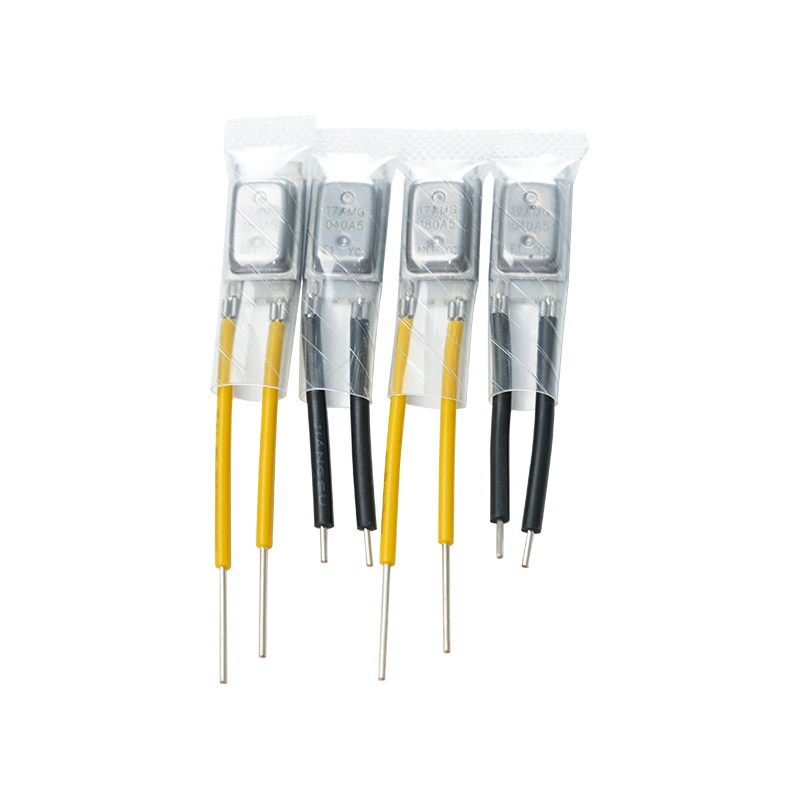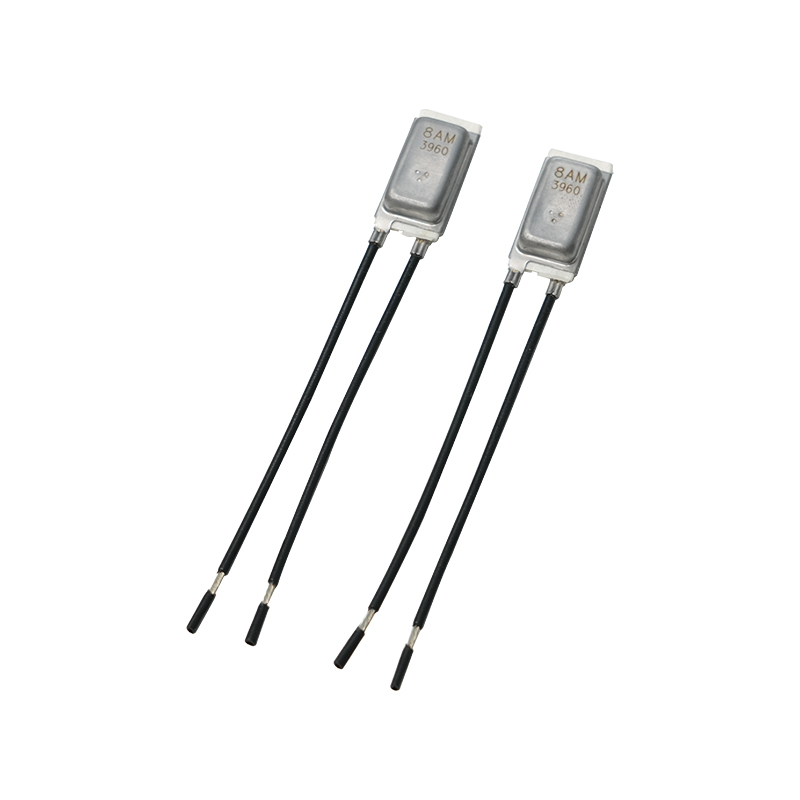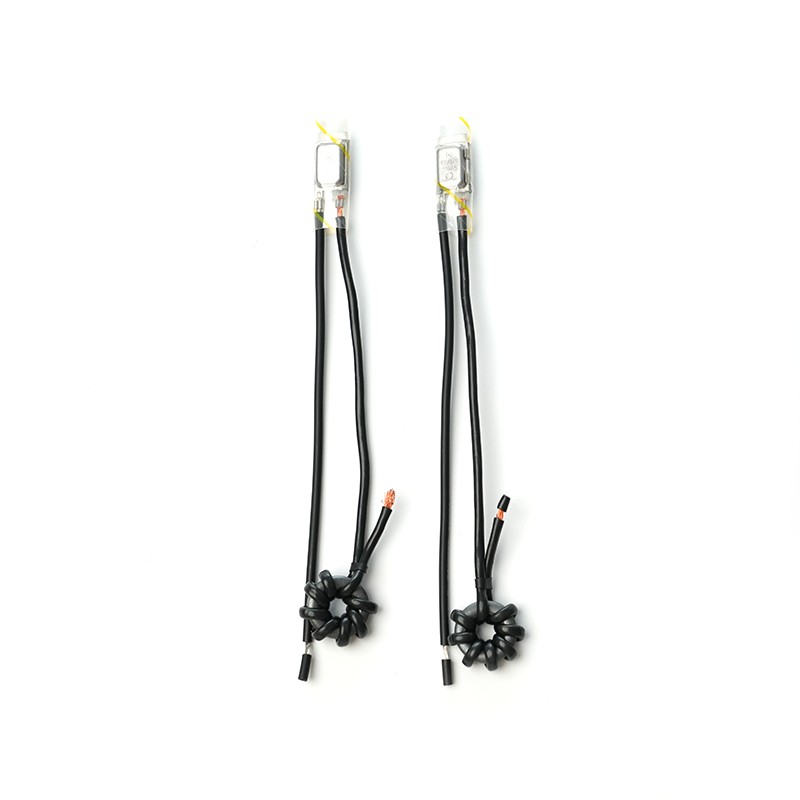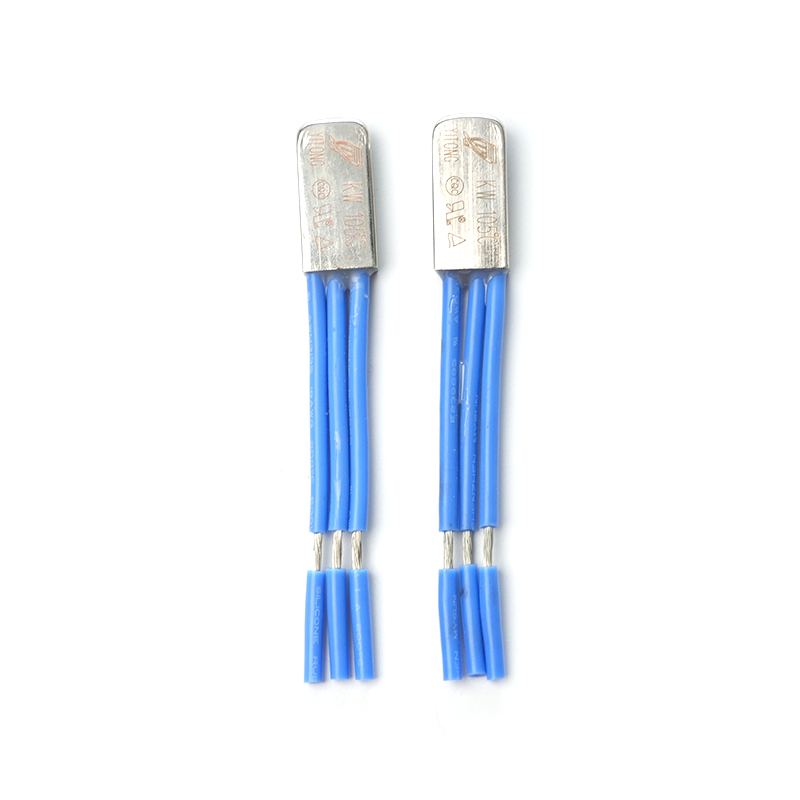Why can the 17AM thermal protector automatically reset after tripping?

In modern electrical equipment such as motors, electrical appliances, batteries and transformers, the 17AM thermal protector, as a key temperature control safety component, is responsible for preventing overheating and ensuring circuit safety. A notable feature is that when the device is overheated, it will quickly "trip" to cut off the circuit, but after the temperature drops to a safe range, it can automatically restore power. So, how does 17AM achieve this automatic reset mechanism? What is its specific reset temperature?
1. The principle of automatic reset comes from the "bimetallic structure"
The core of the 17AM thermal protector is a bimetallic disc, which is composed of two metals with different thermal expansion coefficients. During the power-on process, the temperature of the device rises. When it reaches the set "action temperature" (also known as the tripping temperature), the bimetallic disc deforms due to heat, bounces quickly, and cuts off the circuit.
When the device cools down and the temperature gradually decreases, the bimetallic disc returns to its original bending state, causing the contacts to close again, thereby realizing the "automatic reset" function. The whole process does not require human intervention and is completely driven by the physical properties of the material itself, which is safe and efficient.
2. What is the reset temperature? How is it set?
The so-called reset temperature refers to the temperature value at which the protector recloses the contacts after actuation. It is usually about 20°C lower than the actuation temperature, and the difference is called "thermal differential".
For example:
If the actuation temperature of a 17AM thermal protector is 125°C, its reset temperature is usually around 95°C;
If the actuation temperature is set to 150°C, the reset temperature may be around 120°C.
This "hysteresis" is an important design to prevent repeated tripping of the device. It ensures that the device resumes operation only after it has completely cooled down, avoiding secondary damage caused by residual heat.
3. Differences in reset temperature under different application scenarios
17AM thermal protectors are suitable for a variety of electrical equipment, and different equipment has different requirements for reset temperature:
Motors or fans: need to resume operation quickly, usually use a higher reset temperature (for example, the hysteresis is 15°C);
Lithium batteries or transformers: high safety requirements, reset temperature settings are low (hysteresis is more than 30°C) to extend the cooling time;
Electric blankets, electric heaters and other products: may be combined with ambient temperature changes, using customized temperature difference solutions.
Therefore, when purchasing or selecting, it is necessary to select the appropriate reset temperature setting according to the equipment's operating temperature, thermal inertia and safety level.
4. Advantages and precautions of automatic reset
Advantages:
No manual intervention is required, greatly improving the convenience of use;
Multiple service life is high, generally can withstand 10,000 action cycles;
Small size, easy to integrate into various small spaces.
Notes:
It is not recommended to use it for a long time in a frequent overheating environment, otherwise metal fatigue may affect the reset sensitivity;
When installing, make sure that the protector is close to the heat source for accurate temperature sensing;
If the protection requirement of "no automatic recovery after tripping" is required, a "non-resettable" thermal circuit breaker should be selected.
The 17AM thermal protector has become an indispensable safety component in electrical equipment with its precise temperature control capability and automatic reset function. Its automatic reset mechanism is derived from the thermal expansion characteristics of the bimetallic strip, and the reset temperature is usually about 20°C lower than the operating temperature, ensuring that the equipment restarts within a safe range. Understanding and correctly selecting the reset parameters of 17AM will help improve system stability, extend equipment life, and reduce maintenance costs.

 English
English







